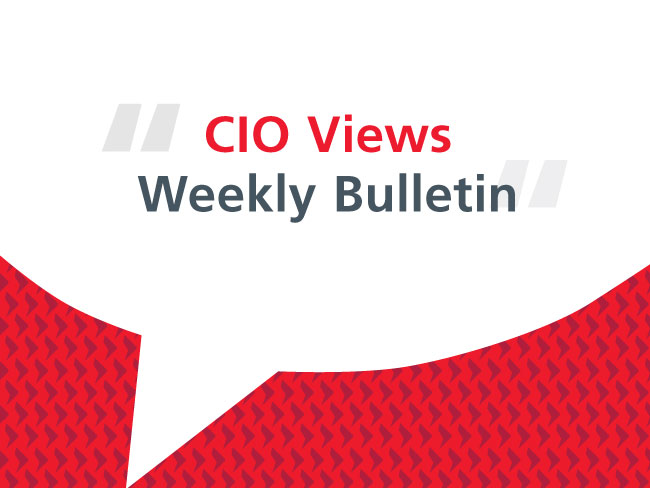As is the case with many developed country central banks, the Reserve Bank has come in for some deserved criticism regarding its early complacency on inflation.
Despite growing evidence to the contrary, the RBA retained a central scenario that was at one end of the inflation risk continuum, despite accumulating evidence to the contrary of an abundance of upside inflation risk.
However, some of that criticism is of the “20/20 hindsight” variety and some of it reflects unrealistic expectations regarding what central banks and monetary policy can achieve.
Economics is known as the “dismal science”, and for good reason given that economic forecasting is fraught with difficulties.
To use the language of former US defence chief Donald Rumsfeld, there are simply too many “known unknowns” and “unknown unknowns” to place any meaningful emphasis on “point” forecasts of inflation.
That is not to say that the exercise is without utility but more that such forecasts are better viewed as a reference tool for central banks and markets that assist in policy recalibration and market pricing of yield curves.
The RBA has been at a particular disadvantage in terms of the timeliness of key economic statistics, particularly on consumer prices and wages.
The Australian (and New Zealand) consumer price index is released quarterly almost four weeks after the end of the relevant quarter. Every other developed economy has a monthly series generally released within two weeks of the relevant month.
The Europeans announce a monthly price index on the last day of the relevant month (not that it appears to have saved them from policy missteps but that is another story).
What this means is that the antipodean central banks, in their policy contemplation, are often relying on information that can be months out of date. Other central banks have access to more timely data.
To say the least, this is a highly undesirable circumstance given the centrality of inflation to monetary policy calculus. When it comes to wage data, the time lags are even more egregious.
Paul Keating, as treasurer, once described the Australian Bureau of Statistics as producing the “Rolls-Royce of economic statistics”. But despite the best efforts of the men and women at the ABS, that claim is a little hard to sustain today given our relative performance in the area of price and wage statistics. An aged Holden Commodore wagon looks a more apposite analogy.
The RBA could do with a little help from its friends in the “official family”.
Perhaps the issue is a lack of resourcing. In which case, the Treasury should provide the ABS the monies for an upgrade, at least to a Lexus standard (hybrid, of course). The benefits to monetary (and broader) policy formulation demand it.
Stephen Miller is an Investment Strategy Consultant with GSFM. The views expressed are his own. This article was published in The Australian on 20 June 2022.






